In the context of thousands of years of human existence, human milk is ordinary like just like blood or eyes are ordinary. It is only when human milk is absent, however, that it dawns on us just how truly extra-ordinary human milk is. Nowhere is this truer than in the context of premature birth, or newborn disease. When a two-pound baby is fighting for it’s life, human milk becomes more than ordinary . . . for sick and fragile babies, human milk is truly Miracle Milk™. Help us get more Miracle Milk to more babies in the NICU. Here are some “fast facts” about Miracle Milk™:
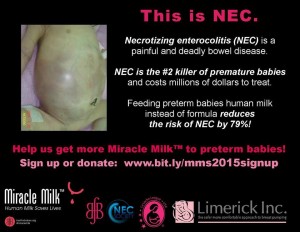
- Prematurity is the #1 killer of newborns (not including congenital malformations). 1 in 9 babies is born preterm (before 37 weeks) in the U.S., and 1 in 12 in Canada, i.e. 530,000 babies per year. The U.S. has the highest prematurity rate of the largest industrialized nations, and is in the top 10 overall (along with Bangladesh and Indonesia). Worldwide, 15 million babies are born preterm annually. African American mothers are more likely to have preterm infants than any other ethnicity with an infant mortality rate among black infants in the U.S. at 2.4 times higher than that of white infants, primarily due to preterm birth. In Canada, the aboriginal preterm birth rate is as much as 1.8 times higher.
- The American Academy of Pediatrics (AAP) position on donor milk for preterm infants: “the potent benefits of human milk are such that all preterm infants should receive human milk . . . . If mother’s own milk is unavailable despite significant lactation support, pasteurized donor milk should be used.” The Canadian Pediatric Society (CPS) says that “human breast milk provides a bioactive matrix of benefits that cannot be replicated by any other source of nutrition.” Both the AAP and CPS clearly recognize the life-saving power of donor milk for preterm babies. For premature, sick and fragile babies, human milk is truly “Miracle Milk™”.
- Necrotizing enterocolitis (NEC) is the #2 killer of premature babies and the #10 killer of all babies. The use of an all human milk diet can lower the risk of necrotizing enterocolitis (NEC) by 79%. NEC attacks 5,000 U.S. and Canadian premature babies per year; roughly 500 die from the disease. NEC is an excruciatingly painful bowel disease which can cause parts of the intestines to die (necrosis) and need to be surgically removed.
o One NEC surgery can cost $200,000; multiple surgeries, organ failure, and lengthy NICU stays may be required. Lifelong complications and treatment may cost over $1,000,000 per individual.
o Compare: the cost of exclusive donor milk is typically between $700 and $2,000 per month per premature baby. (A two-pound premature baby may consume approximately 5.5 ounces per day.) Mothers who can express some or most of their milk use less donor milk so incur far lower costs.
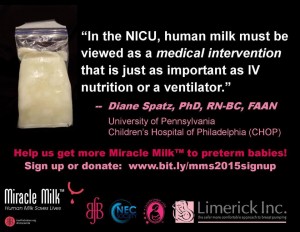 Human milk also lowers the risk of late-onset sepsis (blood infections after the first week of life) and other illnesses that premature babies are susceptible to and breastfeeding or pumping speeds recovery for the mother. Every 10 milliliters of human milk per kilogram (i.e. 0.15 ounces/pound) that a very low birth weight infant receives during the first 28 days of life decreases the odds of sepsis by almost 20 percent! The powerful effect of human milk is dose-dependent; any amount improves health, but the more, the better. An exclusive human milk diet has the greatest impact.
Human milk also lowers the risk of late-onset sepsis (blood infections after the first week of life) and other illnesses that premature babies are susceptible to and breastfeeding or pumping speeds recovery for the mother. Every 10 milliliters of human milk per kilogram (i.e. 0.15 ounces/pound) that a very low birth weight infant receives during the first 28 days of life decreases the odds of sepsis by almost 20 percent! The powerful effect of human milk is dose-dependent; any amount improves health, but the more, the better. An exclusive human milk diet has the greatest impact.
- Donor milk can be critical in filling the gap until the mother’s milk increases in volume enough to provide full feeds to these fragile babies. Mothers who deliver early or have complications in labor experience tremendous stress and may not be able to produce milk right away for their babies despite good lactation support. Babies may be intubated or too fragile to latch on and nurse right away (though some premature babies CAN latch on and breastfeed).
- Yet, nearly 60% of all NICUs are not using ANY donor milk.
- Some NICUs do not even offer mothers of preterm babies lactation support or breast pumps, for fear of putting pressure (or guilt) on mothers who are already under stress. However, most moms who learn that the life-saving power of breastmilk is truly like medicine for their babies are eager to breastfeed or express their milk, knowing they can improve health outcomes, and knowing that this is the one thing only they can do for their babies!! African-American mothers face greater barriers to pumping and breastfeeding and deserve culturally-appropriate support.
- Lactation consultants (IBCLCs), peer counseling and mother-to-mother support have been shown to improve the rate of breastfeeding or pumping in the NICU. Mother-to-mother support is directly related to increased duration of pumping in the African American community.
- Many NICU medical directors, parents and insurance companies lack knowledge of the existence, accessibility, safety, cost-savings, and especially, LIFE-SAVING POWER of donor milk. Too many clinicians are not prioritizing human milk as a life-saving intervention which is as critical as a ventilator. The fact that 9 of the top 10 children’s hospitals are using it in the NICU should encourage other NICUs to follow suit!
- Donor milk suitable for use in the NICU comes from milk banks and is screened, tested and processed rigorously, just like donor blood. In fact, at least two blood banks (one in the U.S., one in Canada) are considering opening milk banks to meet the needs of NICU babies.
- Very low birth weight (vlbw <1500g/3.3 pounds) babies may require the addition of a fortifier to their diet. Fortifiers add extra protein, minerals and calories to help very premature babies grow. There are two types of fortifier: human-milk derived fortifier (only available as a commercial product in the U.S.) and non-human milk-derived fortifier (made from cow’s milk like most infant formulas). There is not enough research on health outcome differences when adding one or the other to breast milk; however, evidence is mounting that if a fortifier is required, human-milk-derived fortifier produces better results, and that non-human-milk derived fortifiers may increase a fragile premature infant’s risk of developing NEC. More independent, non-industry research is desperately needed! Before adding a fortifier, it is urged that health-care providers read Breastfeeding the Premature Baby.
Reading Resources
March of Dimes
You think donor milk is expensive? Wait until you see the alternative.
How to get donor milk from a HMBANA milk bank.
Breastfeeding the Premature Baby
Booby Traps in the NICU
How to Beat the Booby Traps in the NICU
Do Preemies Really Need Formula for Adequate Growth?
The Best Children’s Hospitals Use Donor Milk
Peer Reviewed Articles/Resources
AAP Policy Statement on Breastfeeding and the Use of Human Milk
Unicef: Donor Breast Milk vs. Infant Formula: Systematic Review and Meta-Analysis
Digested formula but not digested fresh human milk cause death of intestinal cells in vitro: implications for necrotizing enterocolitis
Pasteurized Human Donor Milk Use Among U.S. Level 3 NICUs
Impact of early human milk on sepsis and health-care costs in very low birth weight infants
Impact of necrotizing enterocolitis on length of stay and hospital charges in very low birth weight infants
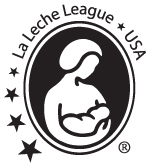
LLL USA
The mission of La Leche League USA is to help mothers to breastfeed through mother-to-mother support, encouragement, information, and education, and to promote a better understanding of breastfeeding as an important element in the healthy development of the baby and mother.
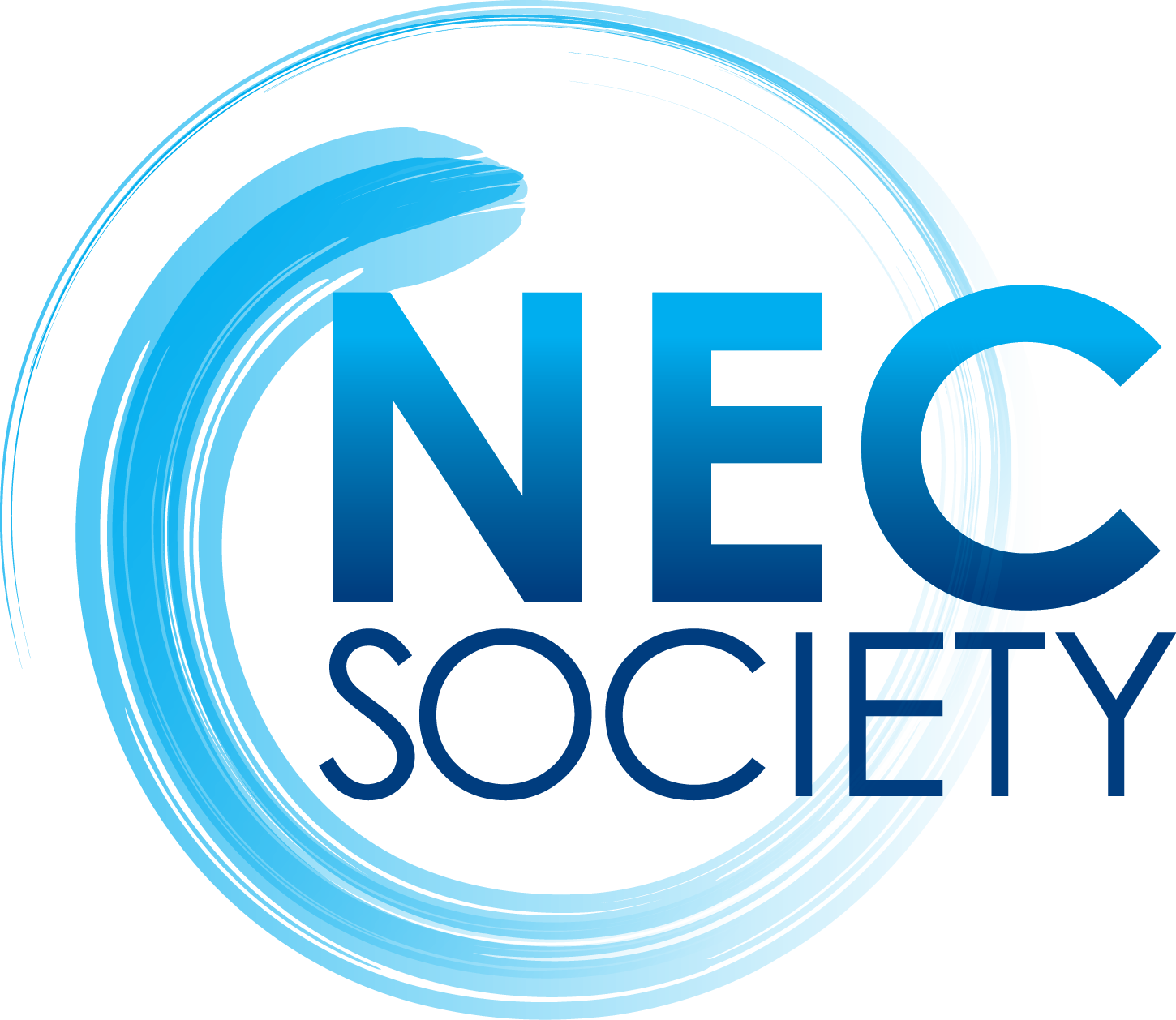
NEC Society
The NEC Society is a non-profit organization dedicated to reducing the incidence of necrotizing enterocolitis (NEC) in premature infants. The NEC Society is comprised of families, clinicians, and scientists who collaborate closely on projects, events, policies and original research to help protect premature infants from NEC. To learn more, visit NECsociety.org.

Limerick
Limerick promotes healthy families by providing research-based breastfeeding information and products to families. They have a vision of providing all of Corporate America with their Workplace Lactation Program. The Limerick Workplace Lactation Program was created to help working mothers reach their breastfeeding goals. Based on their work with thousands of mothers, founders Patricia and Joan developed the PJ’s Comfort electric breast pump incorporating ideas gathered from working mothers.



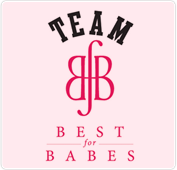
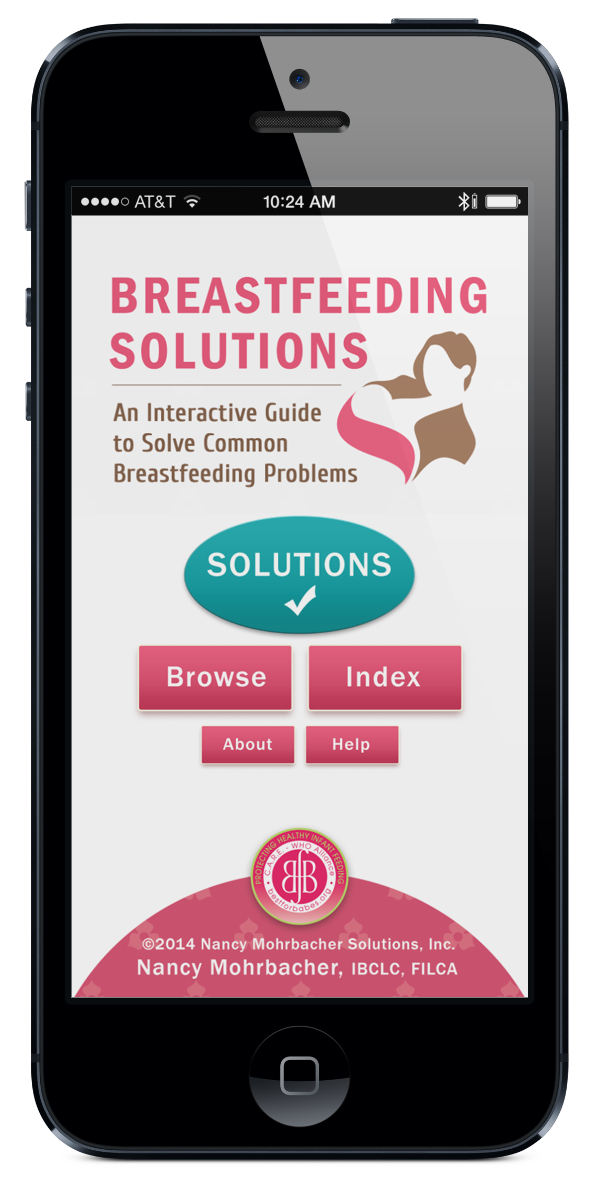
Pingback: Observations of a Food Revolution « Herban Re-NewalHerban Re-Newal
Pingback: The NEC Society teams up with the Best for Babes Foundation on 2nd Annual Miracle Milk™ Stroll | NECsociety
Pingback: Observations of a Food Revolution - Re-Nuble